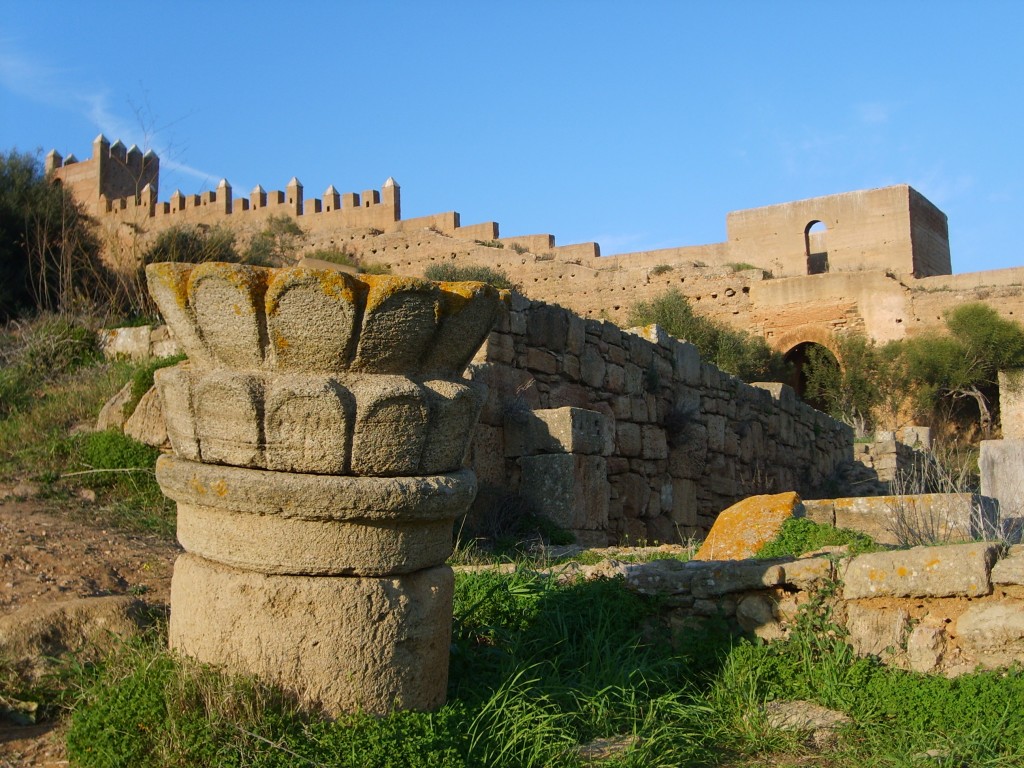Visitors to Rabat will never be short of places of interest to see, with culture and history everywhere. Even so, one place truly stands out as an attraction that history lovers simply have to visit – the ruins of Chellah. Chellah is a place of multiple ruins, with the most recent being 700 years old. However, others go back much further, including significant Roman ruins. The original settlement was a Phoenician one, although the Romans occupied it in AD40, from when the town grew significantly. It remained a Roman citadel for centuries, but, like so many other imperial outposts, was eventually abandoned as the empire crumbled. Even so, the city remained inhabited until 1154, when it was abandoned for nearby Sale. It was not until the 14th century that it was revived by the Merenid sultan Abou al-Hassan Ali.
He built a necropolis on top of the Roman buildings and constructed the towers and defensive perimeter wall that are still standing now. For visitors, this is a place to explore freely. No people live there now and much of it is overgrown and a place where wild cats and birds roam.
There are also plenty of fruit trees, perhaps the descendants of the very plants from which past residents gathered figs, olives and oranges. Among the Roman structures that can be explored are the Jupiter Temple, the Forum and the octagonal Pool of the Nymph, which was part of the water system put in place by the Romans. These structures can be reached by passing through the impressive arched gate, known colloquially as the Arc de Triomphe.
The newer Islamic buildings include a minaret, which now houses a small stork colony, while nearby is the tomb of Abou al-Hassan Ali and his wife. Also close by is a small medersa and a prayer niche in the remains of the mosque. Although long abandoned, Chellah remains remarkably intact in some ways. The architectural styles are clear enough and for visitors to Rabat, it is easy to reach, being just a ten-minute taxi ride away. Like so many ancient ruined cities, a modern one has grown up alongside it. Visitors to Rabat who come to Chellah will be very glad of that.









